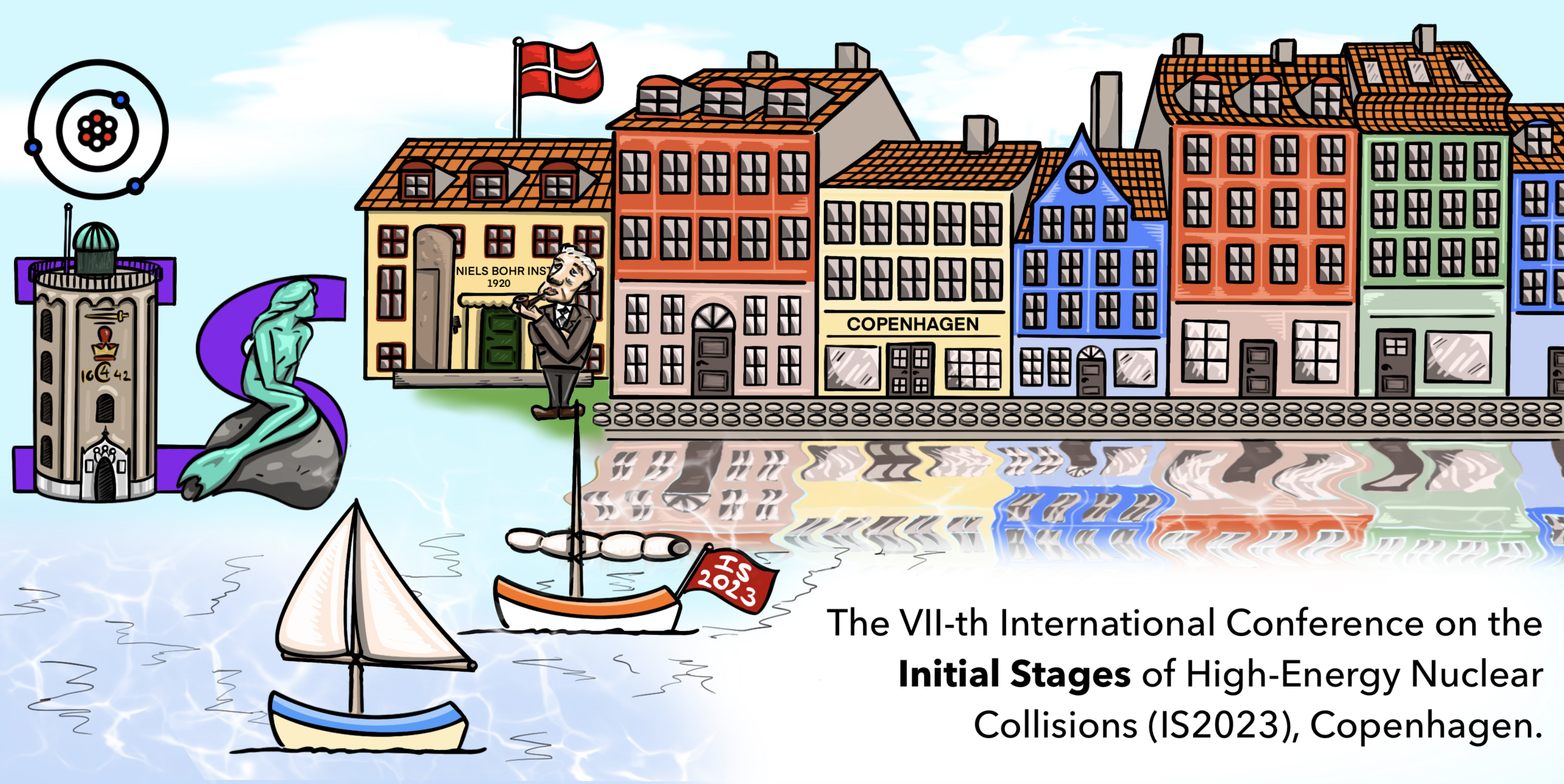Speaker
Description
Flow-like signals including the ridge structure observed in large collision systems have also been observed in small collision systems. This leads to questions about the onset of collectivity as well as the parton phase in nuclear collisions. Here [1], we use the string melting version of a multi-phase transport (AMPT) model to study multiparticle cumulants in p+p collisions at 13 TeV. The AMPT model already includes nonflow effects, fluctuating initial conditions, and a parton cascade that can address nonequilibrium evolutions; we also extend the model by implementing a sub-nucleon geometry for the incoming protons. We find that the model can produce negative $c_2\{4\}$ values at high multiplicities either with or without a proton substructure. In addition, the dependences of $c_2\{4\}$ and $c_2\{2\}$ on the parton cross section σ are strong and surprisingly non-monotonous, where only an intermediate range of σ values (between about 0.15 and 1.5 mb) leads to negative $c_2\{4\}$. Furthermore, the model with sub-nucleon geometry for the proton better describes the multiplicity dependence of $c_2\{4\}$; this indicates the importance of including the sub-nucleon geometry of the proton in studies of small collision systems.
[1] X.-L. Zhao, Z.-W. Lin, L. Zheng, and G.-L. Ma, Physics Letters B 839 (2023) 137799.
| What kind of work does this abstract pertain to? | Theoretical |
|---|---|
| Which experiment is this abstract related to? | ATLAS |
